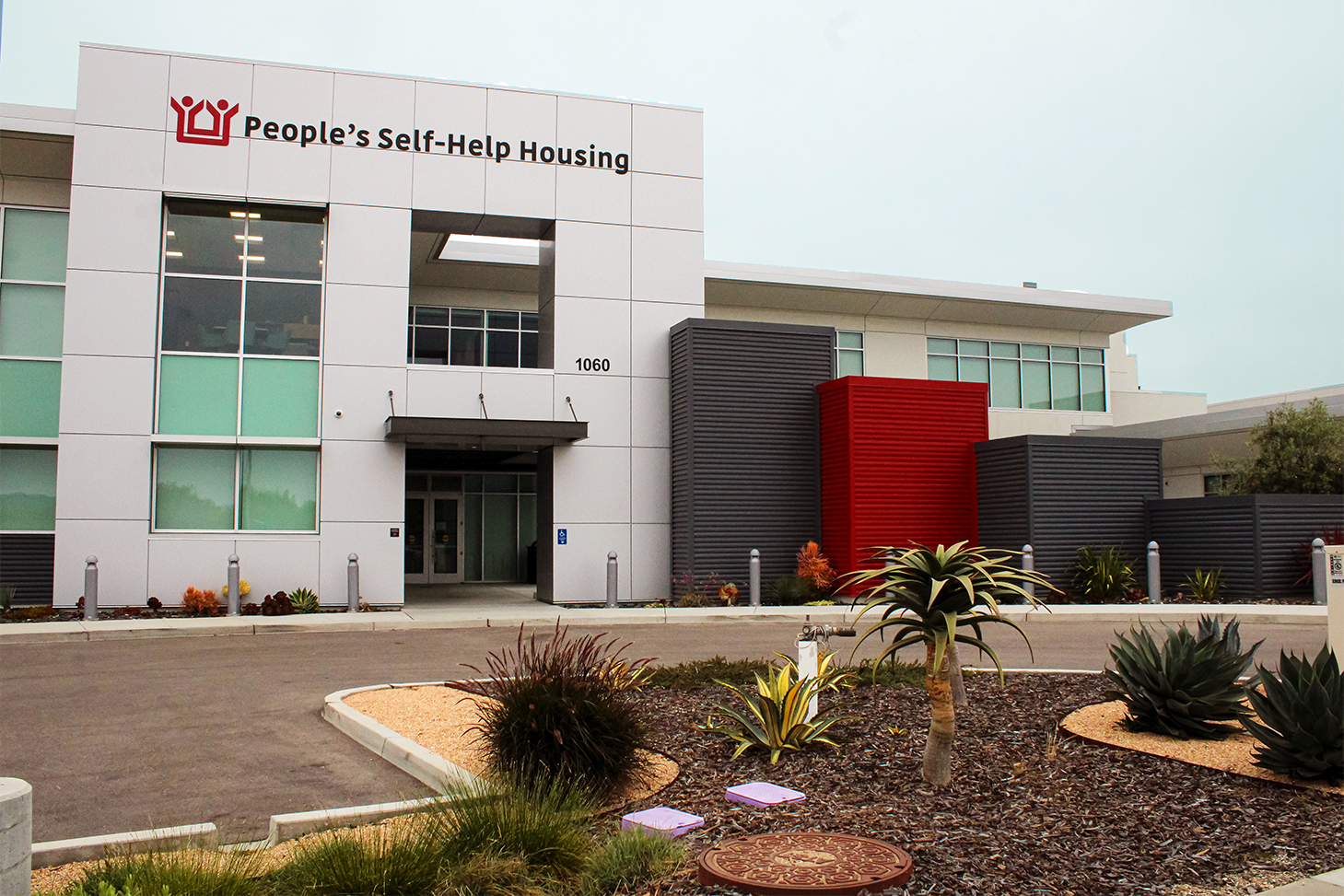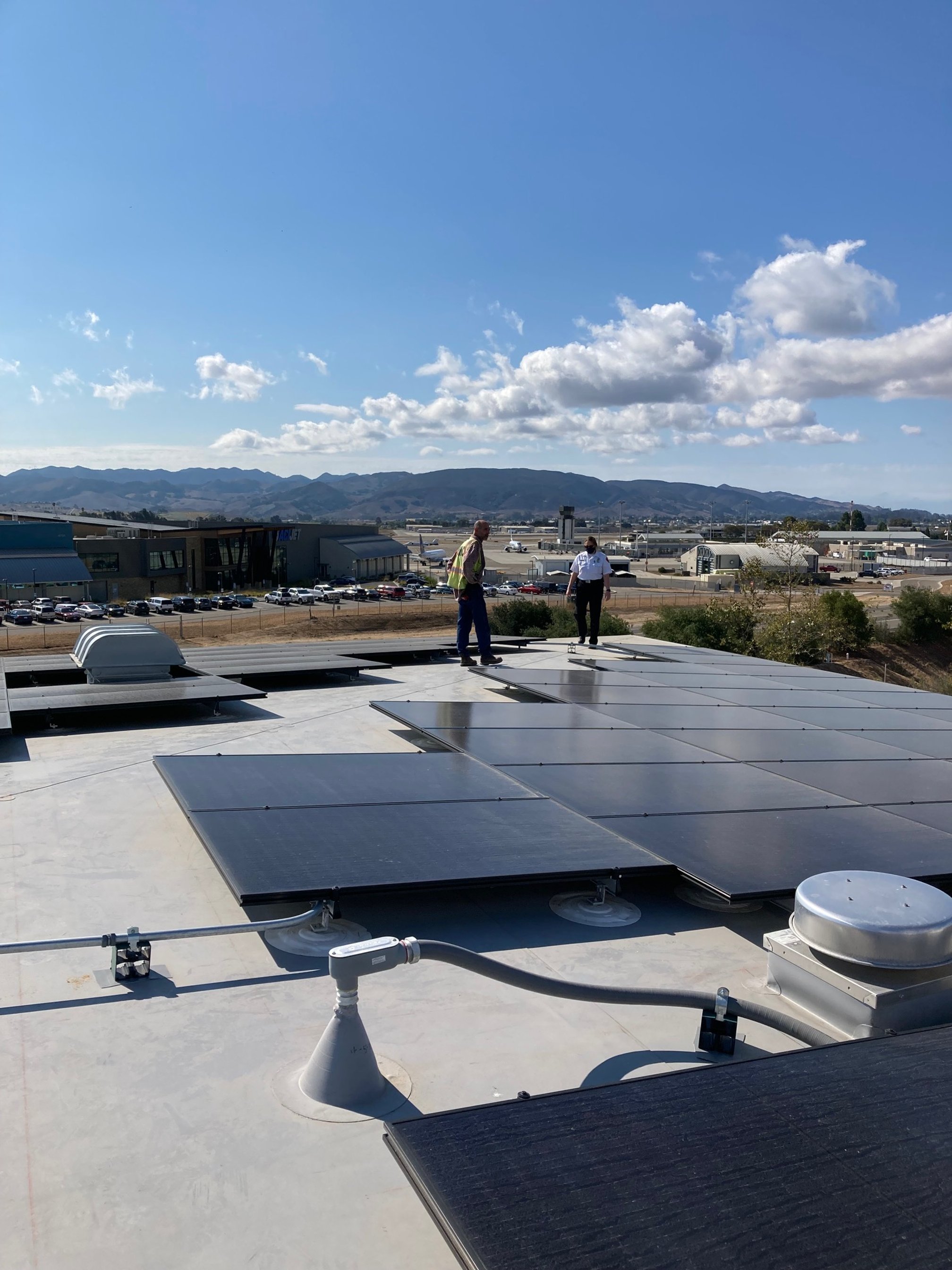Congratulations to People’s Self-Help Housing (PSHH), which just announced that its new San Luis Obispo office was awarded LEED Silver certification. For those unfamiliar with PSHH, it is a non-profit housing organization on the Central Coast with the mission of building housing for low-income and special-needs households. It employs around 200 employees for managing applications, coordinating housing, and working with contractors to construct their housing projects.
Here at In Balance Green Consulting, we’re proud to have provided LEED certification administration, energy optimization, and commissioning services for the project. Under LEED NC v4, the office obtained LEED Silver with exemplary performance in Energy Performance and Renewable Energy generation. The project team included Murray Duncan Architects, BMA, Thomas Electric, Ashley & Vance, North Coast Engineering, and Robert Fowler LA. Planning was provided by Oasis, and the builder was People’s Self-Help Housing themselves.
“Early in design, the team at PSHH established that the building would be all-electric, with a substantial installation of renewable energy,” noted Jennifer Rennick, AIA, CEA of In Balance Green Consulting. “That approach, combined with quality daylight, efficient lighting and heat pump mechanical equipment, creates a great local example of reducing our carbon footprint.”
To help the project be all-electric, appliances such as split-system heat-pumps and a heat pump water heater (HPWH) played a key role. The HPWH used is a hybrid system, where water is heated using an integrated heat pump but can be supplemented when needed with traditional electric heating elements. This, alongside the ample daylight brought in through considerate window placement and design, helped the building save 54% more energy than a typical building of its kind. The building also received credit for exemplary energy performance. With a 115 kW PV system that covers most of the project roof, it meets 80% of its energy demand through renewable solar power.
Use of native and adapted plants and high-efficiency irrigation contribute to reducing outdoor water use by more than 70% compared to a standard landscape design. Other LEED strategies improve indoor air quality, increase occupant comfort, and support bike commutes.
PSHH, managing over 2,000 rental units across the Central Coast, aims to consistently incorporate healthy, energy-efficient strategies into their residential properties. Taking the extra steps to incorporate the LEED framework and its strategies into their San Luis Obispo office further affirms their commitment to creating sustainable buildings for the Central Coast.
Considering LEED or other certifications for your next project? Reach out!








